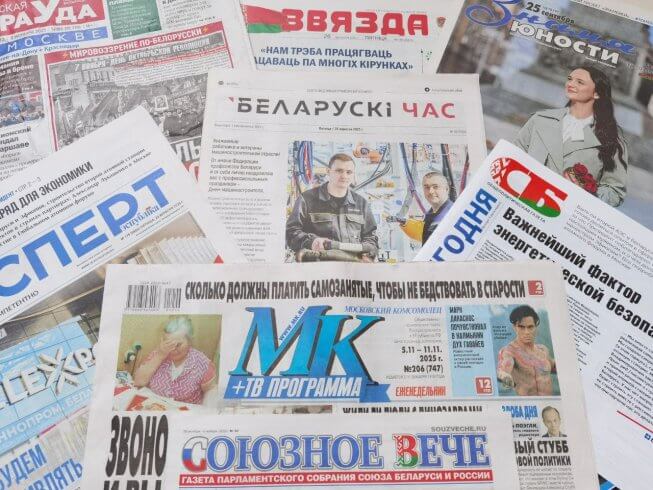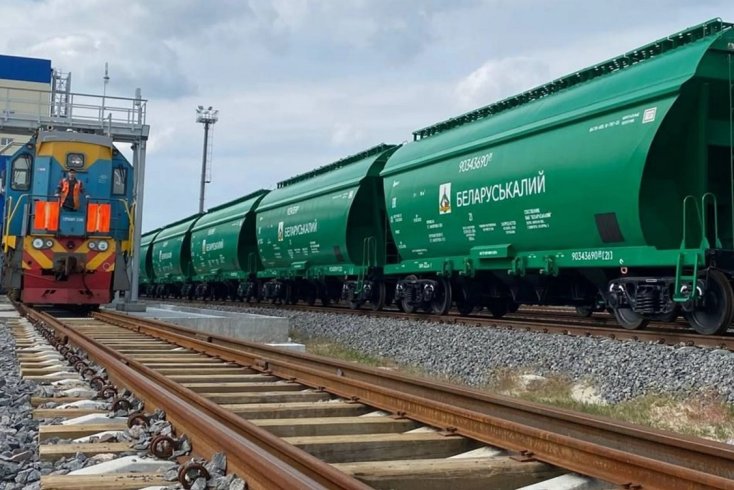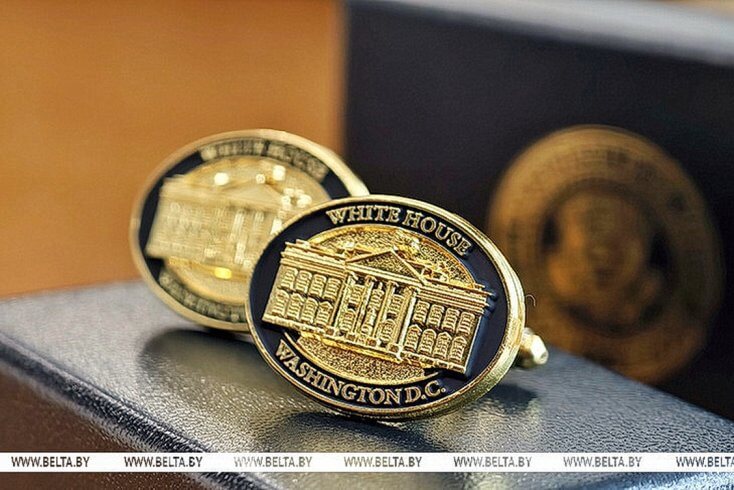Alexei Navalny’s death shows that Vladimir Putin’s regime has no moral or political limits to the use of repression. Putin and Alaksandar Łukašenka follow the same path.
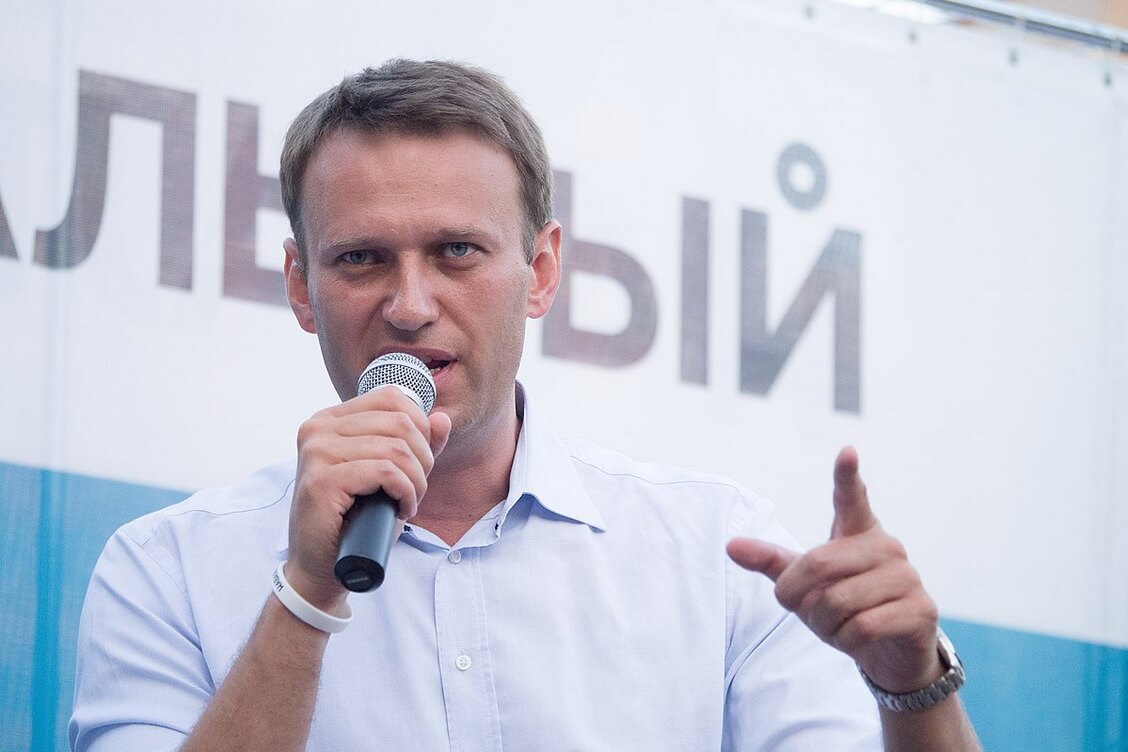
When the story of Navalny’s botched poisoning broke in 2020, the Russian president denied involvement, saying, “If we wanted to, we would have brought it to the end.” An independent investigation found that the Federal Security Service (FSB) was behind the attempt.
Now that Navalny has died in prison, Putin’s words sound particularly sinister.
Putin’s personal enemy
Killing political opponents has never been a problem for the Kremlin. Anna Politkovskaya, Boris Nemtsov and Alexander Litvinenko are just a few examples. Sergei Magnitsky’s death at Moscow’s Matrosskaya Tishina prison also made headlines.
Navalny, a popular and charismatic opposition leader, was skilled in retail politicking, and that was something that Belarusian opposition lacked until recently.
Navalny managed to get to the center of public expectations, hit the right nerve and raise the most pressing issue in Russia, corruption.
His movie about Putin’s palace stacked up millions of views. The smart voting technology he proposed defined the voting behavior of millions of people in Russia. His description of United Russia as a “party of crooks and thieves” has become a catch phrase.
Despite the unfavorable political climate, he came second in the 2013 Moscow mayoral election with 27.24 percent of the vote, only 15 percent behind the winner, former presidential aide and interim mayor Sergei Sobyanin. It was no coincidence that the Kremlin barred Navalny from running in presidential elections.
When German doctors rescued Navalny after he was poisoned, he returned to Russia to put his life on the line. The opposition leader became a personal enemy of the Kremlin ruler. Navalny was tortured behind bars, beaten and had his sentence extended.
Will Russians appreciate his sacrifice?
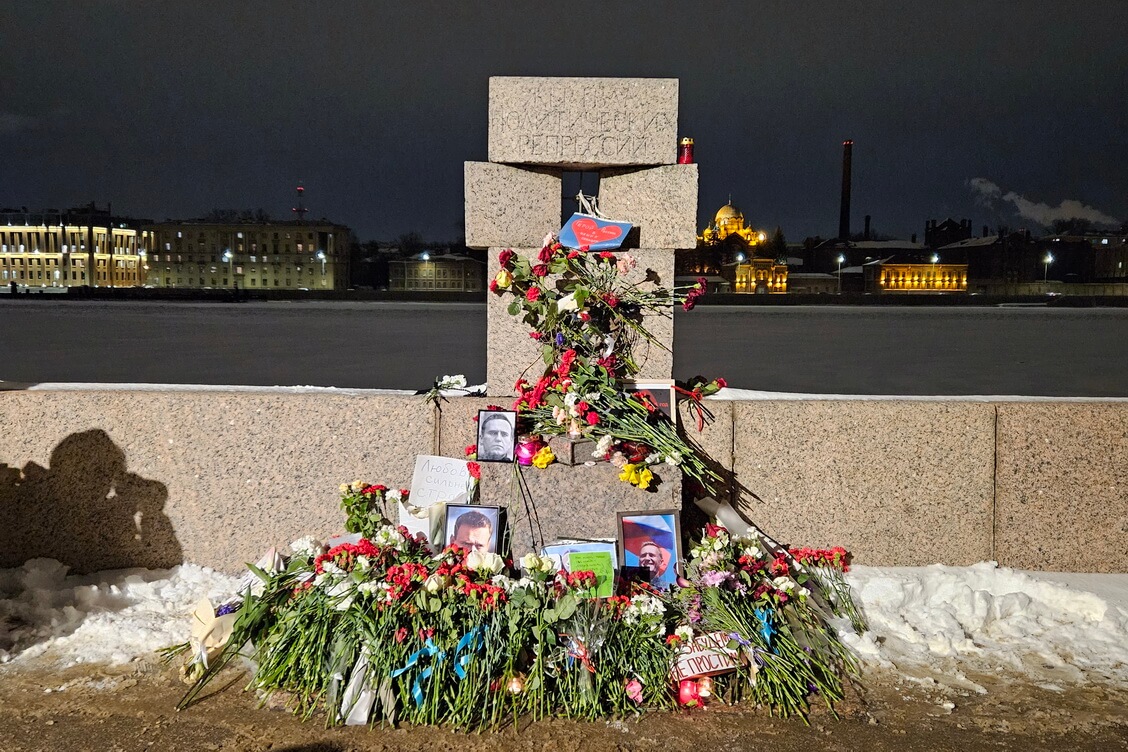
Belarusian martyrs
The Putin regime has crossed another red line – the death of prominent political opponents behind bars is no longer a taboo for the Kremlin.
In Belarus, the government was accused of eliminating political opponents long ago.
Politicians Jury Zacharanka and Viktar Hancar, businessman Anatol Krasoŭski and journalist Źmicier Zavadski disappeared in 1999-2000.
Since the beginning of the 2020 protests, 17 opponents of Łukašenka were shot, beaten to death, driven to suicide or died in prisons after being denied medical care. At least four political prisoners died behind bars.
Vitold Ašurak, 50, sentenced to five years in prison for participation in 2020 protests, died at Škłoŭ’s penal colony in May 2022.
Mikoła Klimovič, 61, an opposition activist from Pinsk, died at the Vićba colony in Viciebsk in May 2023. Despite his failing heart, he was sentenced to one year for reposting a Łukašenka cartoon.
Aleś Puškin, 57, a prominent artist, died in a hospital in July. He was serving a five-year sentence at the Hrodna prison for “incitement to hatred and abuse of state symbols.”
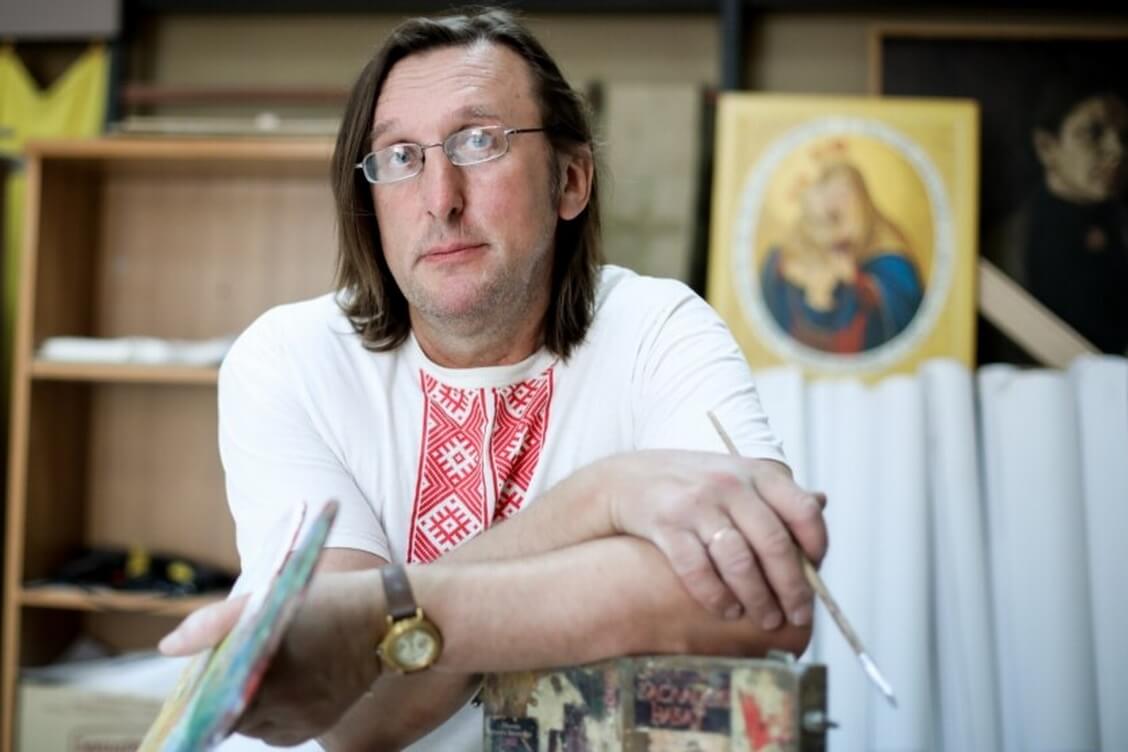
Vadzim Chraśko, 50, sentenced to three years in prison for donations, died at Vićba in January.
Autocrats cross red line
In Myanmar, the military junta killed over 21,000 people after the 2021 coup. In Iran, about 470 demonstrators were murdered during the 2022-2023 protests, and about a hundred people were sentenced to death, according to human rights activists. Kazakhstan’s Prosecutor General’s Office estimates that at least 225 people were killed during the January 2020 uprising.
In the midst of this horror, the Putin and Łukašenka regimes do not look bloodthirsty yet. Politicians are not sentenced to death, and police do not usually shoot at demonstrators; except that Alaksandar Tarajkoŭski and Hiennadź Shutaŭ were shot and killed by law enforcement officers during 2020 street protests.
Russian political scientist Vladimir Pastukhov, reflecting on Putin’s regime, noted: “If we do not observe terror of Cyclopean proportions, it is only because there is no need for it – the current level of reprisals is quite sufficient to ensure the stability of the neo-Bolshevik regime. . . . There will be no dramatic transition to a new level, because everything is already in place for the Great Terror. When the need arises, they will simply shift from the second to the third gear. “
The conclusion also applies to the regime in Belarus. Both have clearly crossed an important psychological line – they no longer worry about the deaths of political opponents. Society has “swallowed” these tragedies, so they can move on.
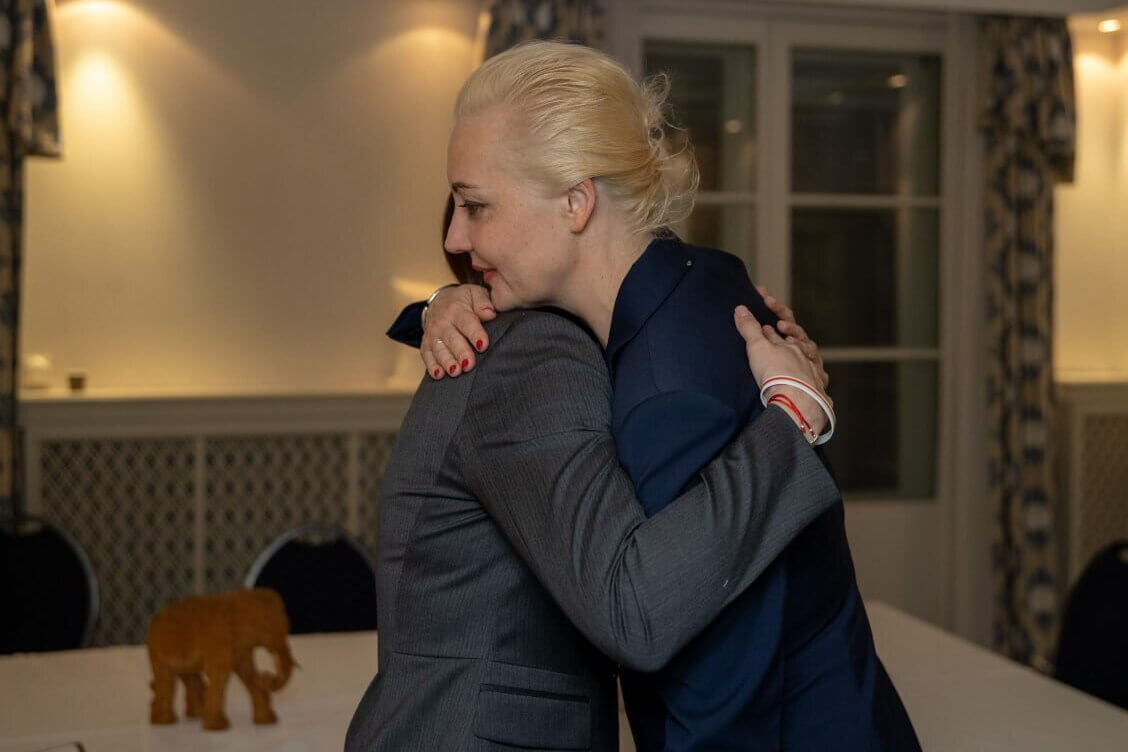
Now, after the death of the Russian opposition leader, opposition supporters fear for the lives of Viktar Babaryka, Maria Kaleśnikava, Siarhiej Cichanoŭski, Mikoła Statkievič, Paval Sieviarynec and other Belarusian political prisoners held incommunicado.
Clearly, now Putin and Łukašenka are determined to rule for life. Dictators do not retire. They die in office or are ousted.


